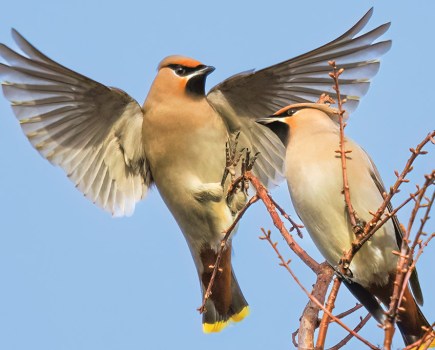
March 31, 2024
OM System OM-1 Mark II first impressions for bird photography!
Andrew Fusek Peters gives his first impressions on the new OM-1 Mark II and M.Zuiko 150-600mm IS lens for bird photography.
Advertisement
Whether you’re new to wildlife photography or looking to improve your skills, we have plenty of tips and techniques to help you on your way.
We’ll also help you choose the best camera and the best lens for wildlife photography, whether you’re simply wondering which focal length to use or are looking for the best kit too.
For those already kitted out but looking for location ideas, we can also point you in the direction of the best spots to get great animal and nature shots.
If you’re a beginner, get started with our tips with our complete guide to wildlife photography, or have a go at creating black and white animal photos, or learn how to capture great bird shots in your own garden.
What is the best focal length for wildlife photography?
The best focal length depends on how close you can get to your subject. If you’re forced to keep your distance then a longer focal length will serve you much better, aim for somewhere around the 300mm or 400mm range.
How can I be an ethical wildlife photographer?
Opinions on how to behave as a wildlife photographer, wildly differ. Photographers can’t all be expected to be experts in animal behaviour but do have a duty of care. A deep love of nature is paramount, and every life form is treated with equal importance and put before any photographic pursuit.
If you’re asking yourself uncomfortable questions about whether your approach to photographing a subject is ethical, then it most likely isn’t.
What is the difference between nature and landscape photography?
Landscape photography tends to encompass whole scenes, capturing a much wider view, while nature photography focuses on much smaller elements, such as animals and plants.

March 31, 2024
Andrew Fusek Peters gives his first impressions on the new OM-1 Mark II and M.Zuiko 150-600mm IS lens for bird photography.
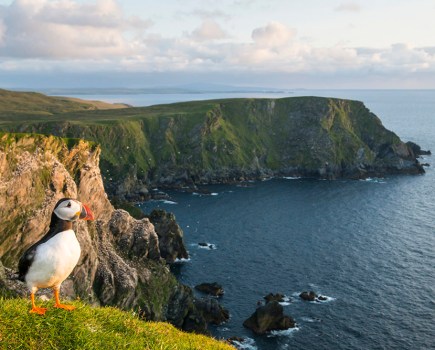
March 11, 2024
A complete guide to Wildlife photography - everything you need to know whether you're a beginner or not, cameras, lenses, settings and inspiration.
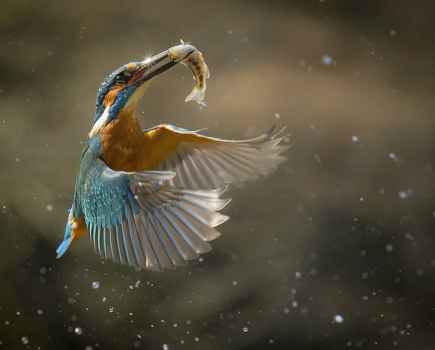
February 20, 2024
Capturing fast-moving birds and animals, whether from the garden or out in the wild take a lot of planning. Follow Ben Hall's guide.
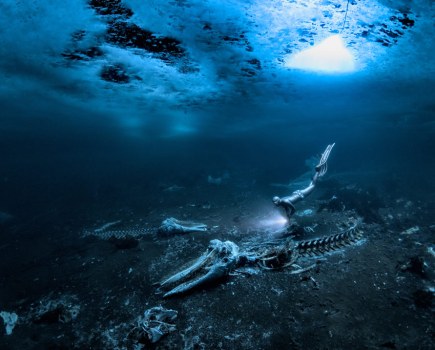
February 19, 2024
The UPY 2024 competition selects the best underwater photographers capturing the least known parts of our blue planet.
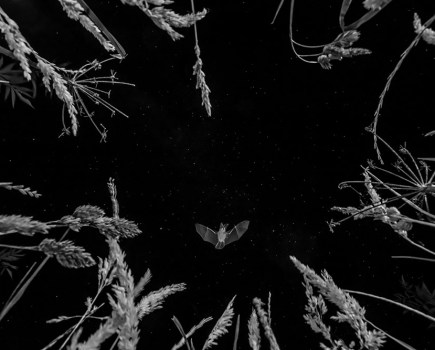
February 12, 2024
Being a responsible wildlife photographer can be a minefield. Peter Dench sources some essential guidelines from ethical experts working in the field
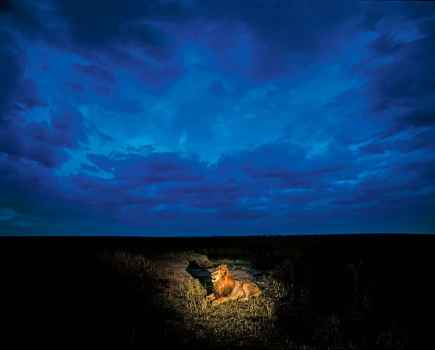
January 8, 2024
Pushing his equipment to the limit, Ian Plant has mastered the art of low-light wildlife imagery. He reveals the stories behind some of his most successful shots
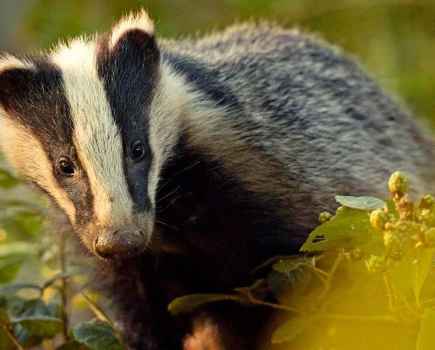
January 8, 2024
Capturing shy nocturnal animals, like badgers, is a big challenge in wildlife photography. Tesni Ward shares her low-light secrets and reflects on her career.
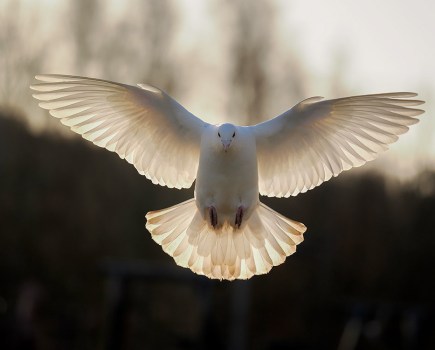
January 5, 2024
AP spent a day photographing birds with Olympus Ambassador, and AP Photo Tours guide Tesni Ward, with the brand-new OM System ‘Olympus’ OM-1
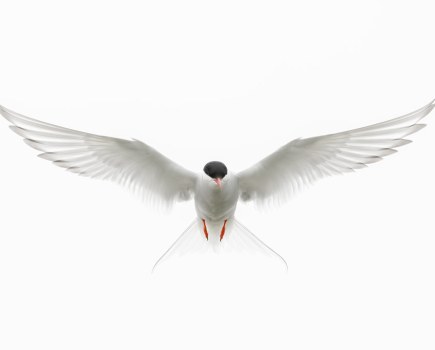
November 15, 2023
We speak to three award-winning photographers to find out their top tips for capturing unique and inspiring bird photography
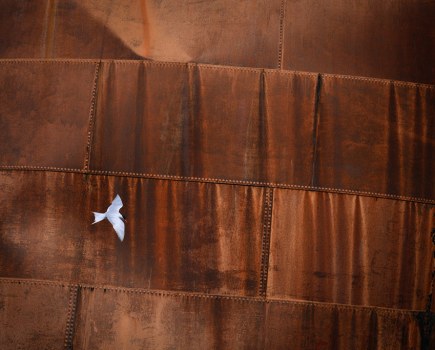
October 29, 2023
In his latest column for AP, nature photographer Marsel van Oosten explains how to be creatively proactive
Looking to improve your photography? Amateur Photographer is the magazine for you, subscribe today and pay just £26 for your first 13 issues!